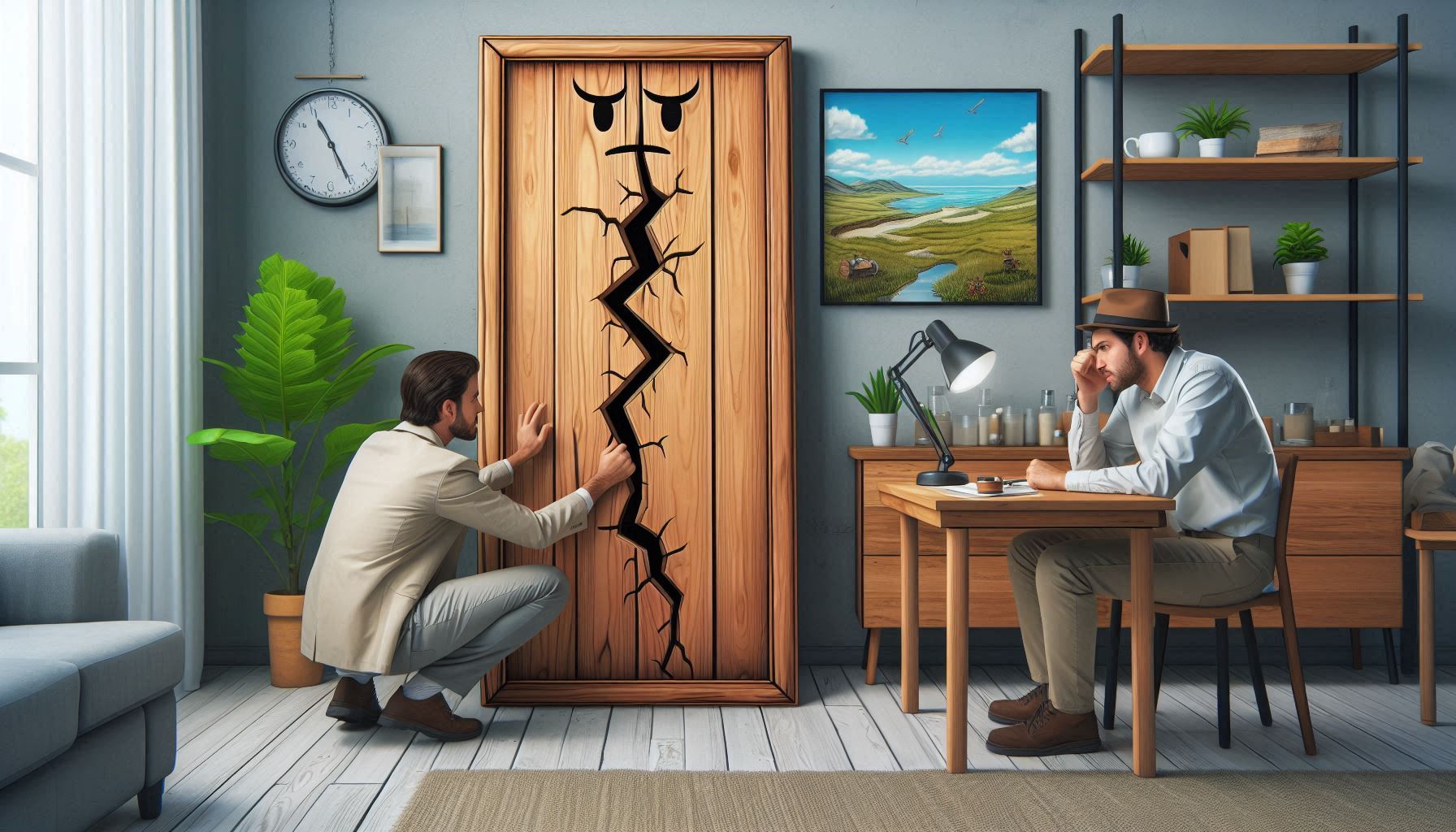Practical Tips Every Woodworker Should Know
Wood is one of the most beautiful, versatile, and rewarding materials you can work with — but it also has a mind of its own. Even the most carefully crafted projects can end up warped, cracked, or split if the wood isn’t properly prepared and protected.
Whether you’re building a custom bookshelf, a deck, or a simple picture frame, understanding how to prevent wood from warping and cracking is essential. In this article, we’ll cover what causes wood movement, how to store and seal it, and steps you can take before and after your build to ensure long-lasting, stable results.
Why Does Wood Warp or Crack?
Wood is a hygroscopic material, meaning it absorbs and releases moisture from the air. As the moisture content changes, the wood expands or contracts. When that movement happens unevenly — say, more from one side than the other — it leads to warping, twisting, or cracking.
These issues usually arise when:
- Wood dries too quickly or unevenly
- Boards are stored improperly
- There’s a lack of proper sealing or finishing
- The environment has extreme humidity fluctuations
The goal is to minimize moisture changes and control how the wood reacts to its environment.
** Here’s a little transparency: Our website contains affiliate links. This means if you click and make a purchase, we may receive a small commission. Don’t worry, there’s no extra cost to you. It’s a simple way you can support our mission to bring you quality content.**
As an Amazon Associate, I earn from qualifying purchases.
How to Stop Wood from Warping or Splitting
Here are the most effective ways to prevent warping and splitting — whether you’re storing raw lumber or building your next project.
1. Choose Quality Lumber
Start with properly dried wood. Kiln-dried lumber is more stable than air-dried and is your best bet for indoor projects. It has been dried under controlled conditions, reducing internal stresses that can lead to future warping or cracking.
When buying lumber:
- Look for straight, flat boards
- Avoid pieces with knots, twisting, or uneven coloring
- Ask for moisture content (ideal is 6%–8% for indoor use)
2. Let the Wood Acclimate
Before building, allow the wood to acclimate to the environment where it will be used. This process gives the wood time to adjust its internal moisture content and reduces the risk of movement after your project is complete.
How to do it:
- Stack boards indoors in your shop or workspace
- Use spacers (called “stickers”) between each board for airflow
- Allow at least 3–7 days, depending on conditions and wood type
3. Seal the Ends of Boards
Wood dries more quickly through the ends than through the sides, and this uneven drying often leads to cracks or splits.
End-sealing slows down moisture loss and keeps the board more stable.
Products you can use:
- Commercial end grain sealers (like Anchorseal)
- Wax-based products
- Paint or oil as a temporary solution
Sealing the ends is especially important for green (not fully dried) lumber and wood stored long-term.
Does Sealing Wood Keep It from Warping?
Yes, sealing wood — especially all surfaces — helps prevent moisture exchange with the environment, which in turn reduces the chances of warping or cracking.
A proper finish acts as a moisture barrier and protects wood from both absorption and evaporation.
Types of wood sealers to consider:
- Oil-based polyurethane: Durable and moisture-resistant
- Water-based polyurethane: Good for indoor use with lower odor
- Tung oil or boiled linseed oil: Penetrating finishes that enhance grain and offer moderate protection
- Exterior sealers: For outdoor projects, use weather-resistant finishes rated for UV and moisture exposure
No sealer can stop all movement, but applying a quality finish evenly to all sides — including edges and end grain—is one of the best ways to keep your projects stable.
How to Store Wood So It Won’t Warp
Proper storage is one of the most overlooked steps in woodworking—but it’s also one of the most important.
Best Practices for Storing Lumber:
- Store boards flat: Keep them supported along the entire length. Leaning them upright encourages bowing.
- Use stickers: Place evenly spaced spacers between each board to allow air circulation on all sides.
- Avoid direct sunlight: Exposure can dry one side faster than the other and lead to cupping or warping.
- Control humidity: Store wood in a space with relatively stable humidity. If possible, use a dehumidifier or humidifier to regulate levels (ideally 35–55% relative humidity).
- Keep it elevated: Don’t let lumber rest directly on concrete floors. Use a base or pallet to allow airflow and prevent moisture wicking.
How Can I Stop Wood from Cracking?
Cracking (also known as checking or splitting) often begins at the ends or from rapid drying. Here’s how to minimize the risk:
Key Tips:
- Seal the ends immediately after cutting or bringing new lumber home.
- Avoid screwing or nailing near the edges or ends of a board without pre-drilling.
- Use quartersawn lumber if available—it’s more stable and less prone to cracking than flatsawn boards.
- Apply oil finishes regularly to outdoor projects to keep the wood conditioned and less prone to drying out.
- Store lumber indoors when possible, and avoid large swings in humidity.
Final Thoughts
Preventing wood from warping or cracking isn’t about eliminating moisture altogether—it’s about managing the changes in moisture content and building with those natural tendencies in mind.
To recap:
✅ Use properly dried, quality lumber
✅ Let wood acclimate before building
✅ Seal the ends of boards to reduce drying stress
✅ Apply a finish or sealant to protect from moisture
✅ Store wood flat, supported, and in a climate-controlled space
Wood will always move to some degree — but if you follow these steps, you’ll dramatically reduce the risks and create projects that last.



